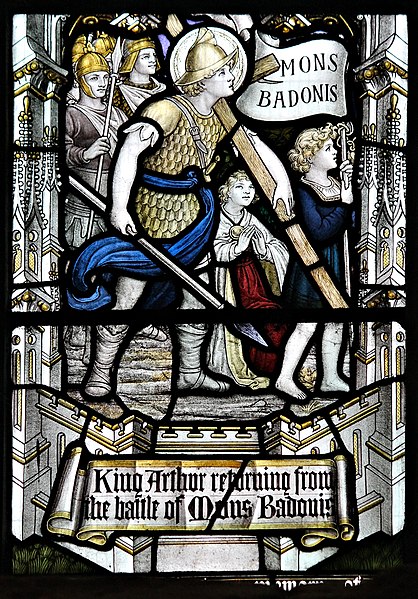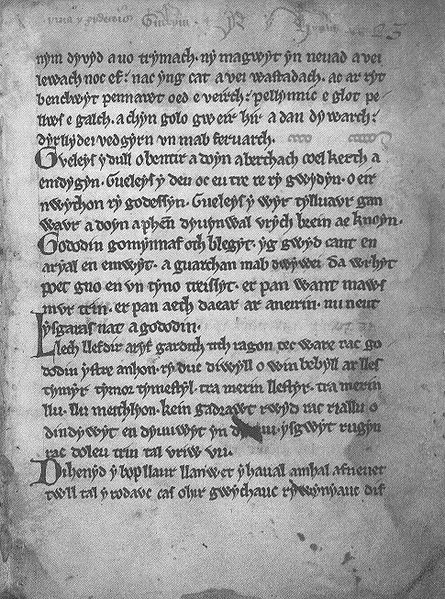The Battle of Camlann is the legendary final battle of King Arthur, in which Arthur either died or was fatally wounded while fighting either alongside or against Mordred, who also perished. The original legend of Camlann, inspired by a purportedly historical event said to have taken place in the early 6th-century Britain, is only vaguely described in several medieval Welsh texts dating from around the 10th century. The battle's much more detailed depictions have emerged since the 12th century, generally based on that of a catastrophic conflict described in the pseudo-chronicle Historia Regum Britanniae. The further greatly embellished variants originate from the later French chivalric romance tradition, in which it became known as the Battle of Salisbury, and include the 15th-century telling in Le Morte d'Arthur that remains popular today.
Battle Between King Arthur and Sir Mordred by William Hatherell
How Mordred was Slain by Arthur, and How by Him Arthur was Hurt to the Death, by Arthur Rackham (1917)
King Arthur, according to legends, was a king of Britain. He is a folk hero and a central figure in the medieval literary tradition known as the Matter of Britain.
Tapestry showing Arthur as one of the Nine Worthies, wearing a coat of arms often attributed to him, c. 1385
King Arthur returning from the Battle of Mons Badonis (or Mount Badon). First reference to Arthur, found in early Welsh literature. Stained glass in Llandaf Cathedral, Cardiff.
Supposed former gravesite of Arthur at Glastonbury Abbey in Somerset
A page of Y Gododdin, one of the most famous early Welsh texts featuring Arthur (c. 1275)






